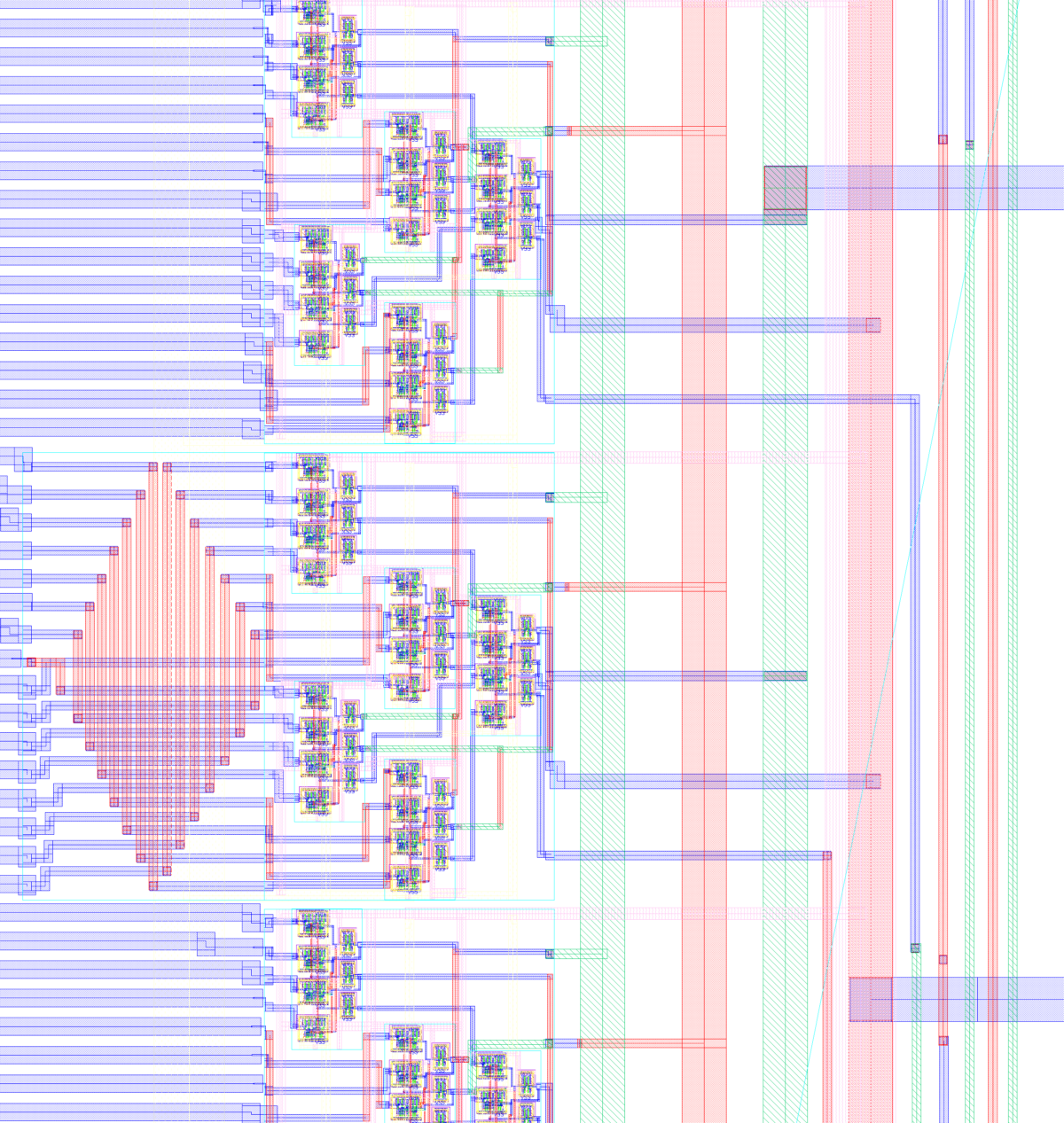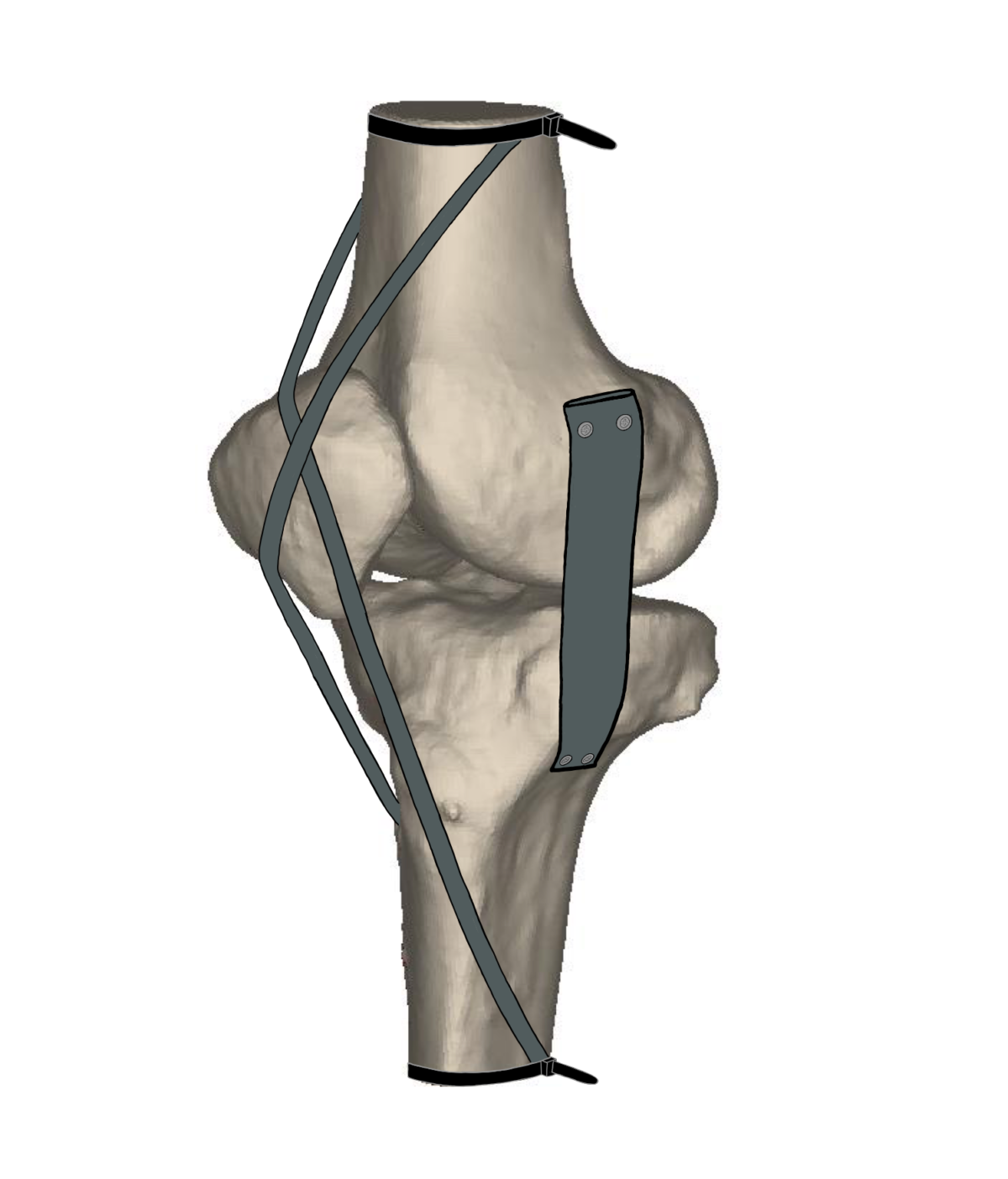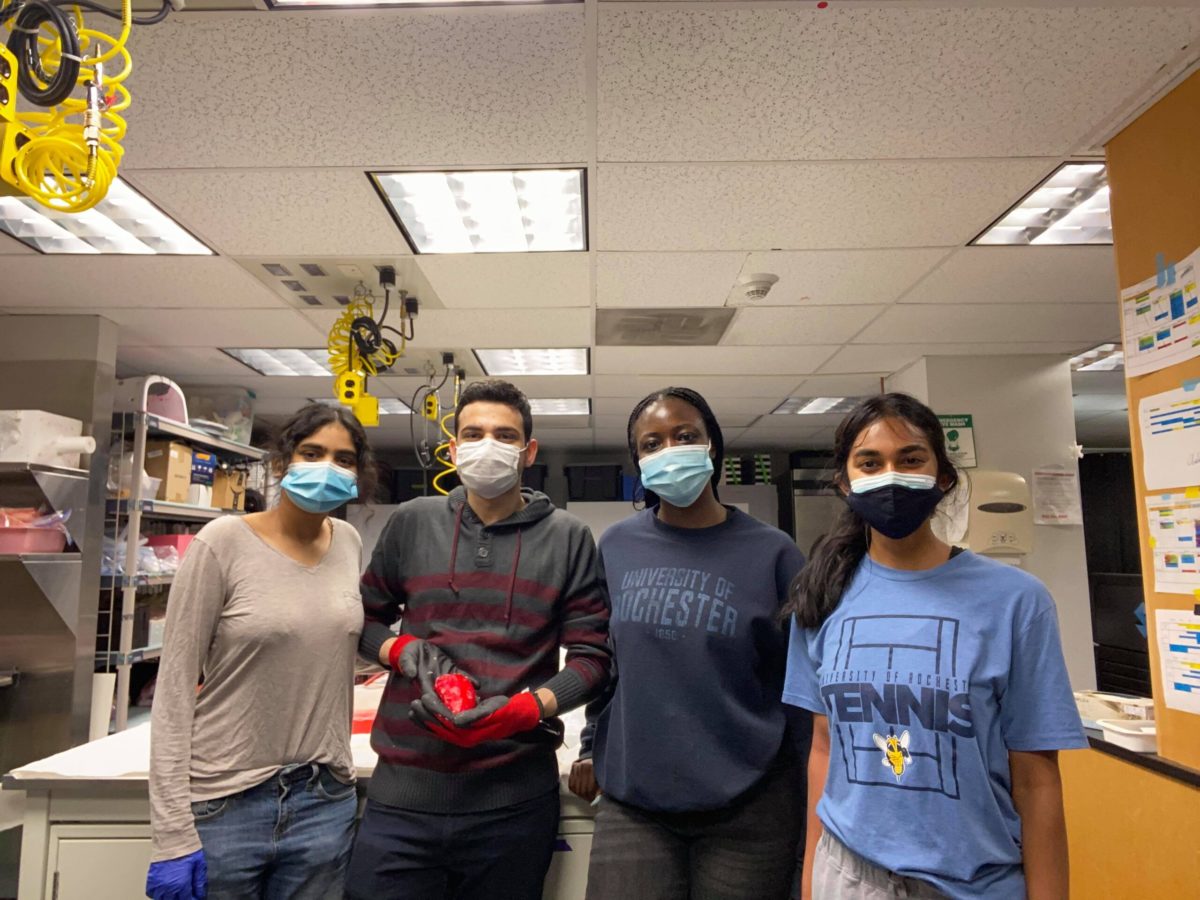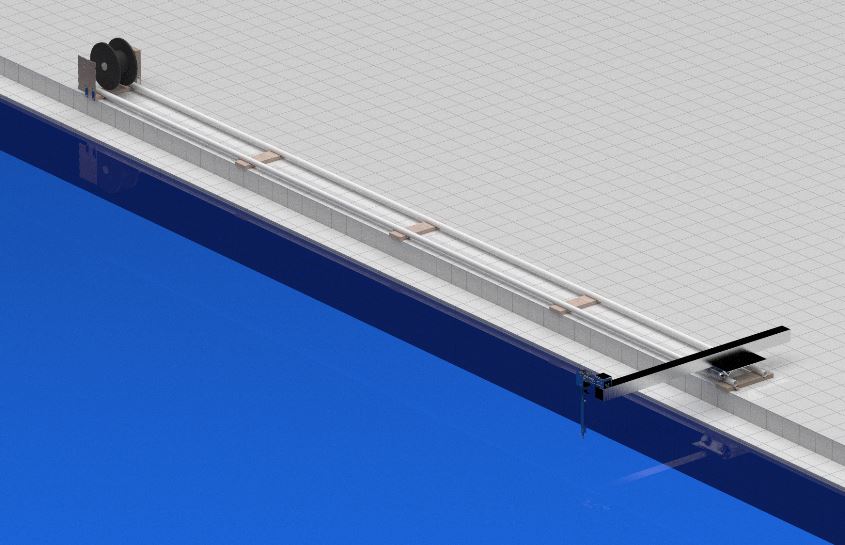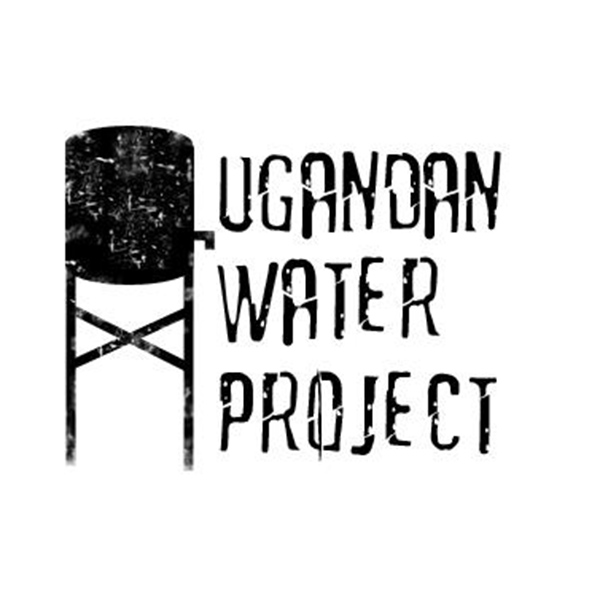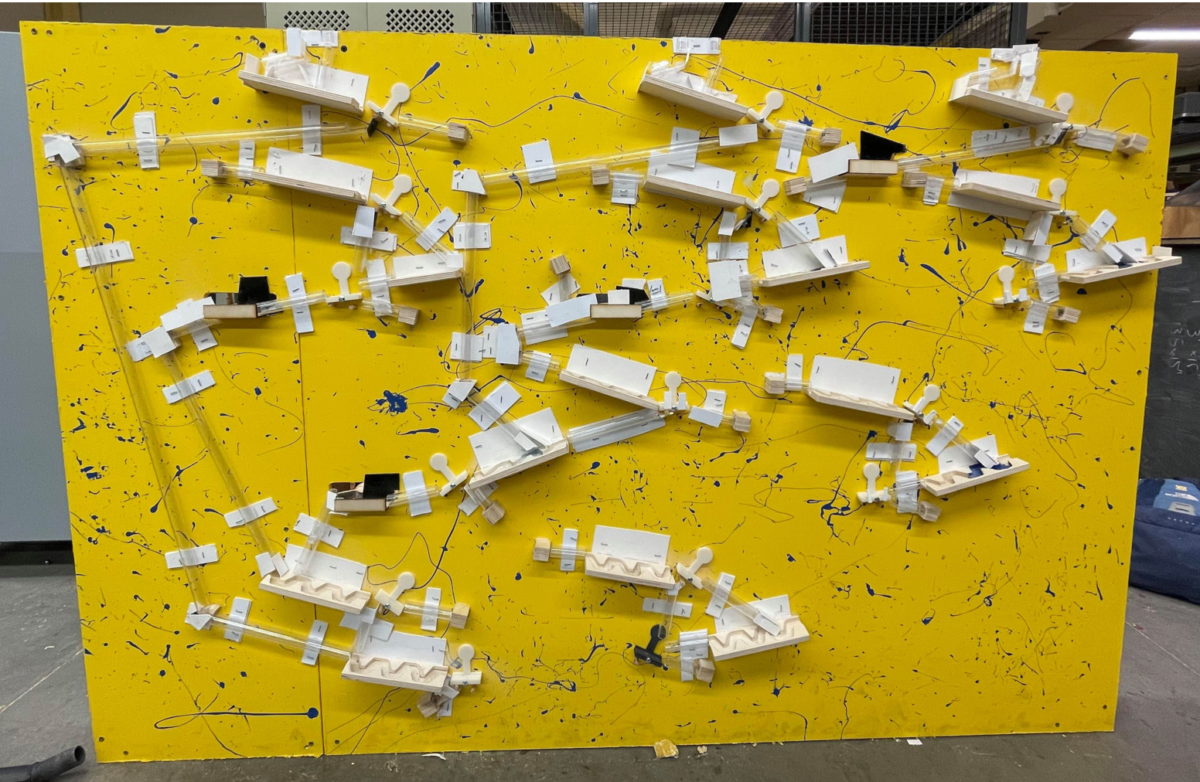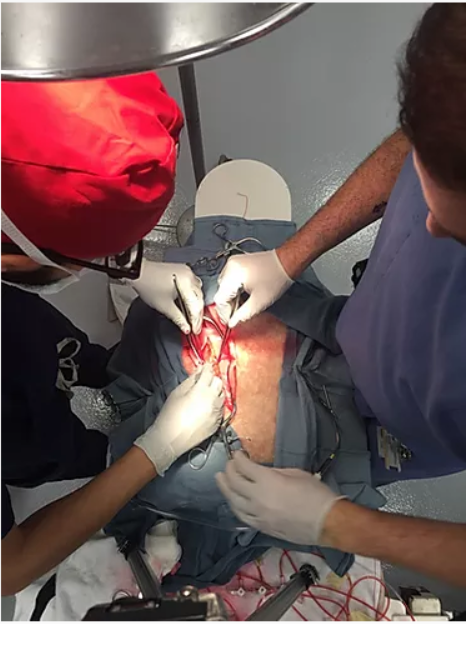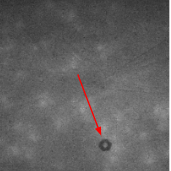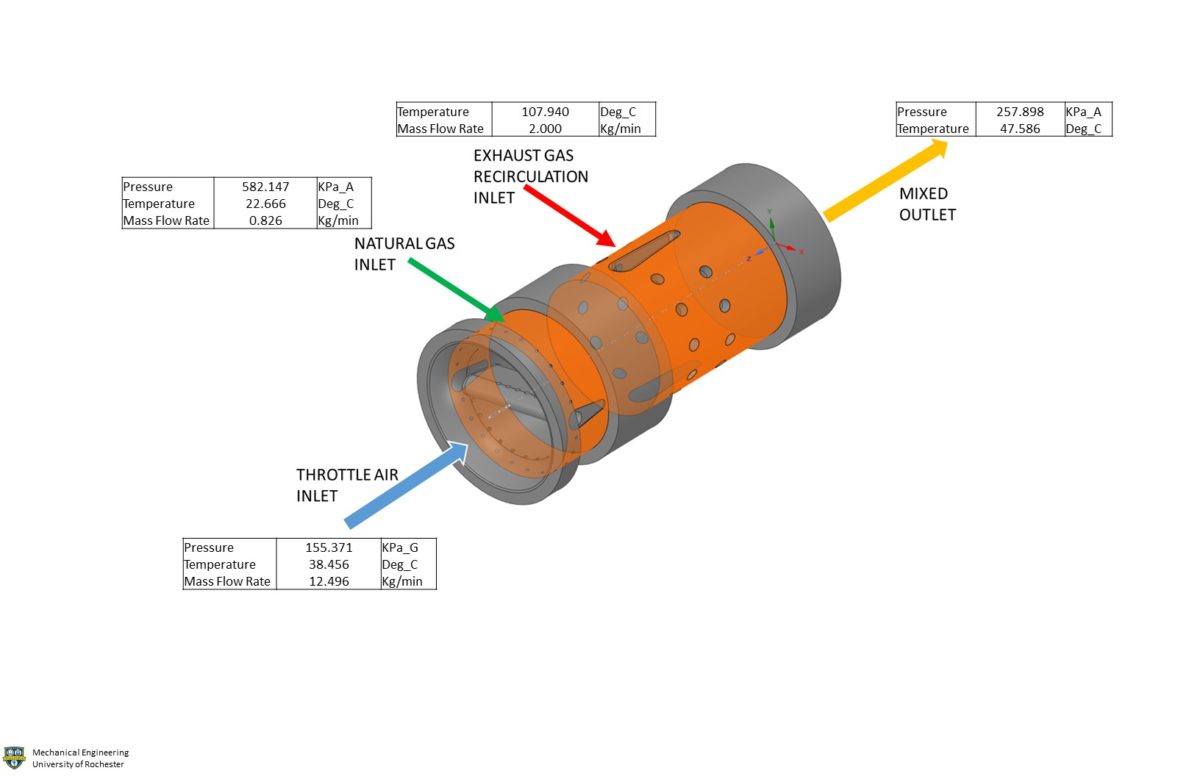Energy and Environmental Archive
Water Tow Tank
March 17, 2021
Tow Tank devices are used in testing boat and aerodynamic models for things like aerodynamic drag and lift. These devices typically cost around $20,000 which is the reason not every school has access to such a device. Here in the University of Rochester, we don't have our own tow tank device, but we do have a swimming pool, and a passion for solving problems. In this post, we are showcasing our prototype for a tow tank that can be assembled and used in the gym swimming pool. The cost of the prototype and the completed final device is less than $1000!
